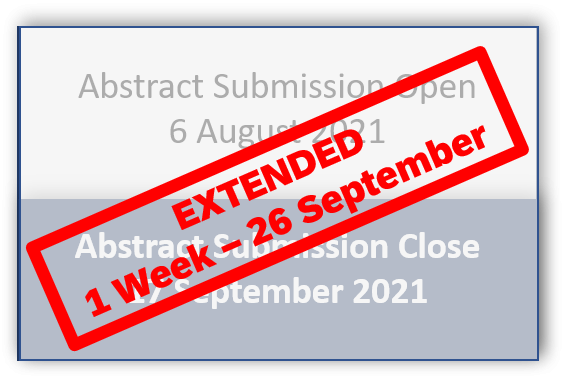

ANSTO User Meeting 2021 - Topics
Abstract submission - Extended
You are invited to submit an abstract on one of the following topics
Advanced Materials
This topic invites talks and posters related to the application of the neutron, ion beam, synchrotron radiation or other related complementary techniques used for characterisation, modification and analysis of advanced materials; including but not limited to electronic, ionic conductive, semiconductive, superconductive, spintronic, magnetic, ferroelectric, piezoelectric, thermoelectric, photovoltaic and photocatalytic functional materials, 2D materials, nanomaterials and biomaterials.
Biomedicine, Life science & Food Science
This topic covers the application of neutron scattering, synchrotron radiation, ion beam, or any other complementary techniques to all areas of life science, biomedicine, and food science. The theme welcomes talks and posters, which involve the advancement of knowledge in these fields, as well as, the work relating to discuss novel experimental design and data analysis, tailoring to the relevant complex systems.
Physics, Surface & Condensed Matter
The physics theme will cover all areas of condensed matter and surface physics. This includes, but is not restricted to the investigation of systems using X-rays, neutrons and ion beams as well as complementary theoretical work. The theme is open to all topics including magnetism, superconductivity, electronic structure, surfaces and thin films.
Chemistry, Soft Matter & Crystallography
This topic covers the application of the neutron, ion beam, synchrotron radiation, and any other relevant techniques to multiple disciplines; polymer, peptides and proteins, novel metal complex, nanoparticles, liquid crystals, etc. The theme welcomes talks and posters contributes to the advancement of knowledge in the fields with different perspectives, e.g., establishing new crystallographic methods or applying the traditional technique to understand the properties of new materials, understanding the structure-activity relationships, discovering novel structures and dynamics.
Manufacturing & Engineering
This session covers the use of all forms of synchrotron X-ray and neutron scattering as applied to engineering, manufacturing and industry. Techniques include (but are not limited to); residual stress measurement, imaging (radiography and tomography), powder diffraction and texture analysis as applied to welding, additive and conventional manufacturing, surface coatings, concrete, geotechnical engineering, civil structures, engineering materials, etc.
Earth, Environment & Cultural Heritage
The Earth, Environment and Cultural Heritage session invites abstracts featuring recent ANSTO and Australian Synchrotron research toward these broad fields, where science may be directed toward (although not limited to): atmospheric and meteorological processes, climate change, environmental change, resource sustainability, geological analyses including tectonics and volcanology, landscape evolution, ocean and marine systems, forensic analysis, archaeology, art provenance.
Instruments & Techniques
This topic stream invites submission of talks and posters that present advanced methods of physical measurement; including the development of novel instrumentation or utilisation of novel techniques that improve research measurement capabilities across any field of science - physics, chemistry, biology, ecology, geology, etc. The focus of presentations in this stream may include, but are not limited to; the principles of new physical instrument operation, new development (hardware or software) on current instruments that produce improved design or measurement capabilities, novel application of measurement instruments or techniques in scientific fields where they are not routinely utilised.
For abstract submission
Requirements for submission:
- Abstracts will only be accepted using the electronic submission process (indico), email submission will not be accepted
- Abstracts must not exceed 250 words
- No images to be included in abstract
- There is no limit to the number of abstracts that an individual can submit
- Once you have submitted your abstract, you will receive an automated submission successful email to all primary and co-authors
- The use of abbreviations and acronyms should be kept to a minimum
- Selected oral presenters may pre-record their presentations with a requirement they are available for the question and answer portion at the end of their presentation
- All accepted orals and posters presentations will be required to register to attend
- Posters to be supplied as a MP4 with a voice over no longer than 3 minutes
- Posterslam entries to be provided as a MP4 with a voice over no longer than 1 minute
- All presenters will be required to provide their photo and bio via the link provided in the accepted notice
- Extended Abstracts must be submitted by 11:59pm (AEST), 26 September 2021 for consideration by the Program Committee
